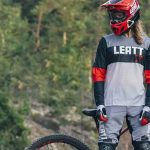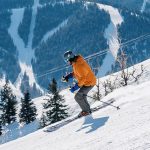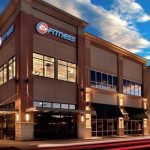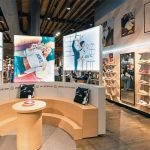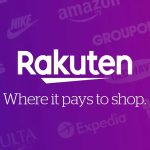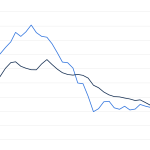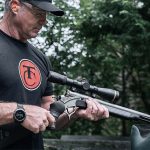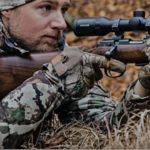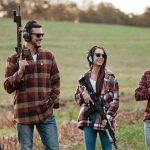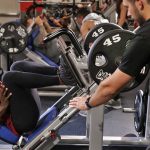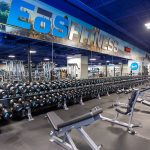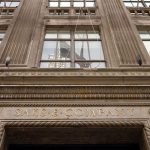The projected sales for the running/jogging sector of the sporting goods market has shown steady improvement over last year and is expected to continue this growth in 2008.
The improvement has been led by a strong surge in spending by consumers on running and jogging clothing, despite a small decrease in the amount of running and jogging shoes sold.
Sales of running and jogging clothing rose 25 percent to $909 million from $726 million, but is expected to slow to a more modest 5 percent growth in 2008. Jogging/running shoes, one of the key sectors of the athletic and sport footwear sector, took a hit, falling 3 percent from $2.3 billion to $2.2 billion, but are expected to bounce back with predicted 3 percent growth in 2008.
Despite the fall in such a key area, the growth of other areas of the athletic and sport footwear sector more than made up for it. Track shoe sales rose 20 percent from $41.9 million to $50.4 million, while running shoes rose 11 percent from $27.3 million to finish off at $30.3 million. Both areas are expected to return to a more modest 3 to 4 percent growth in 2008.
Not only were people less likely to buy jogging and running shoes in 2007, but they were also less likely to pay more per pair of shoes. On average consumers paid $55.96 for running/jogging shoes, while specialty athletic stores sold them for $78.26, on average. Only 32 percent of the jogging/running shoes sold in 2007 cost more than $60. Department stores made up the bulk of sales at 19.4 percent of units sold and were the second cheapest place to get running shoes, behind only discount stores.
The story rings true for track shoes and trail running shoes. Despite an increase in units sold in 2007, the average price was $50.74 and $55.40, respectively. In both cases, consumers were twice as likely to buy shoes from the less expensive sporting goods or department stores as they were to buy them from specialty sport shops or specialty athletic footwear stores.

